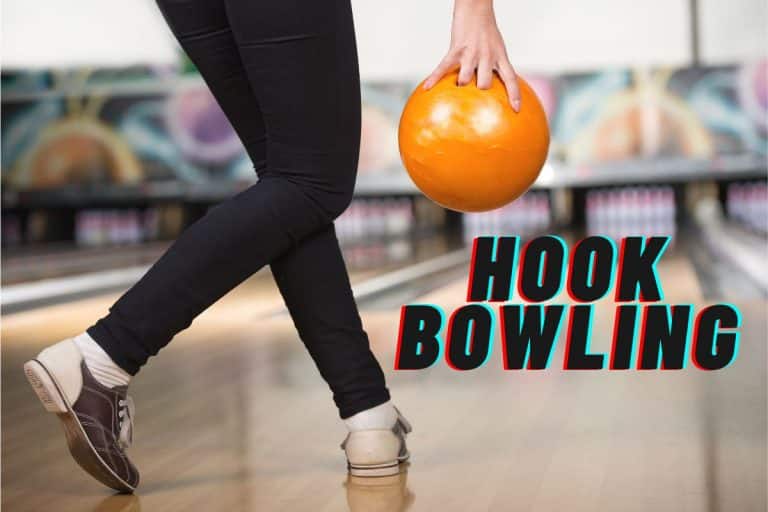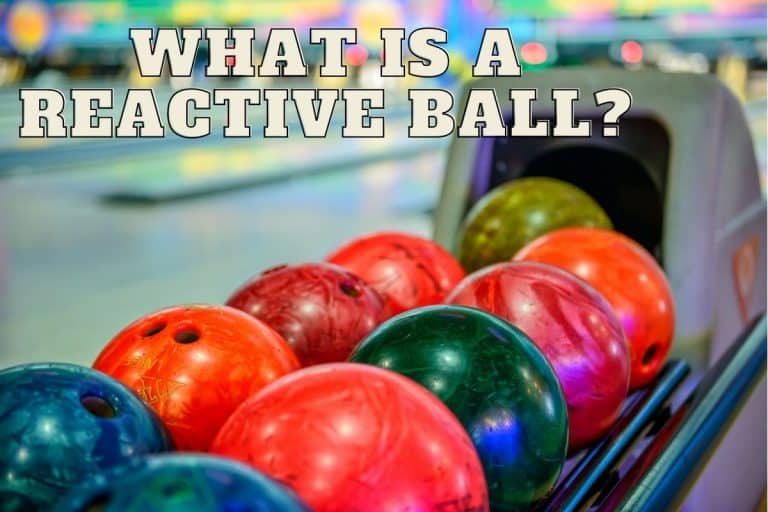Is Bowling Bad for Baseball Players? [Bad fot Pitchers?]
Are you a baseball player who loves hitting the lanes for bowling fun? Or maybe you're just an avid bowler wondering if your favorite pastime hinders your pitching skills. Well, prepare to be surprised! Read on as we uncover whether bowling can be bad for baseball players.
Bowling and baseball may seem like two entirely different sports, but what if we told you that one could affect the other? This eye-opening article will explore whether bowling is bad for baseball players. As surprising as it may sound, recent studies have shown that these seemingly unrelated activities can significantly impact each other. Continue reading to discover jaw-dropping revelations that might change your thoughts about your favorite pastimes.
What Do They Say About Bad Bowlers?

Whether you're a casual observer or a die-hard fan, you've likely heard the age-old adage that bowling is bad for baseball players. The thinking goes that the repetitive motion of throwing a heavy ball down a lane can lead to arm injuries.
While there is some truth to this line of thinking, recent studies have shown that bowling is not as detrimental to baseball players as once thought. Many professional baseball players bowl regularly during the off-season as part of their training regimen.
So what do the experts say about bowling and arm injuries? The consensus seems to be that while bowling may not be ideal for everyone, it's not necessarily bad for baseball players. They should be fine if they don't overdo it and take proper precautions, such as using lighter balls and avoiding excessive wrist snaps.
Is Bowling Bad for Baseball Players?
While many baseball players avoid bowling because they believe it is bad for their batting, a new study has revealed that bowling may improve batting. The study found that those who bowled had better bat control and accuracy than those who did not.
Should Baseball Players Avoid Bowling Altogether?
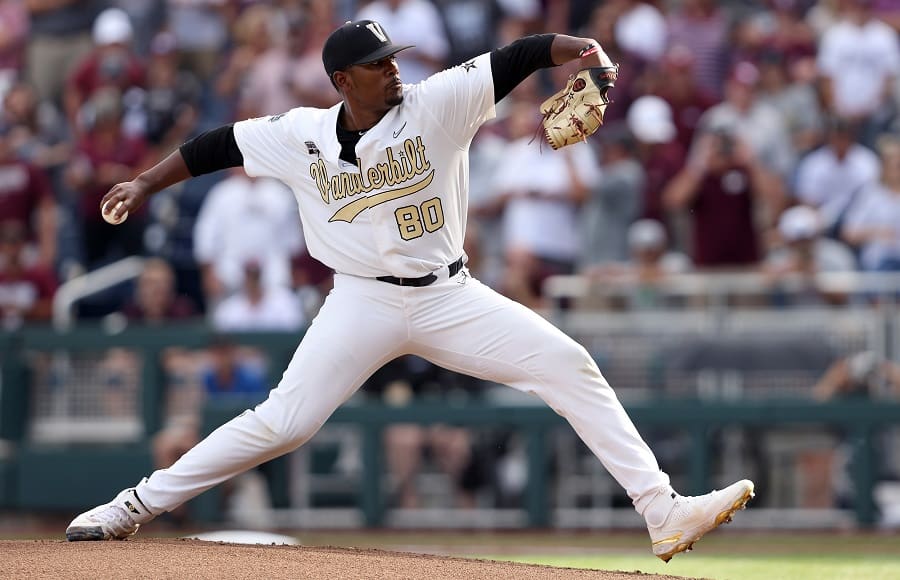
While bowling may not be the best activity for those looking to stay healthy and injury-free, it can still be done in moderation without putting too much strain on the body. However, the repetitive motion of throwing a ball down a lane puts stress on the elbow and shoulder, which can lead to injury. In addition, the ball's weight can cause wear and tear on the joints. As long as you listen to your body and take things easy, there's no reason you can't enjoy a game or two of bowling without risking your career.
Is Bowling a Popular Activity Among Baseball Players?

Though you might see a few players at the bowling alley from time to time, bowling is not typically a popular activity among professional ballplayers. It is likely because most players focus on staying in shape and preparing for their next game and don't have the time or energy to spare for leisure activities. Additionally, many players find that they can't bowl as well as they would like when trying to focus on baseball.
So, while you might see a player or two enjoying a game of bowling occasionally, it's not typically popular among professional ballplayers. While some may worry that bowling could injure a player's arm or fingers, no evidence suggests it is harmful. Many players find that bowling helps them improve their hand-eye coordination.
How Can Bowling Improve a Baseball Player’s Game?
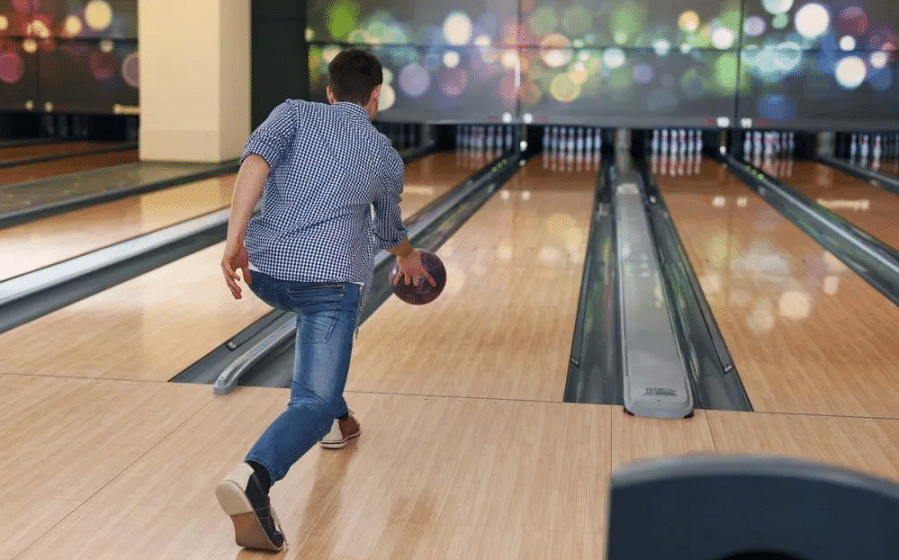
It is a well-known fact that many professional baseball players enjoy bowling as a hobby. However, what is lesser known is that bowling can help improve a baseball player’s game. Here’s how:
- Bowling can improve hand-eye coordination.
- Bowling can help develop strong forearm and wrist muscles, which are important for throwing a baseball with accuracy and power.
- Bowling can increase stamina and endurance, which are important for playing an entire baseball game.
- Bowling can sharpen focus and concentration, which are crucial for any baseball player.
- Bowling can be a fun way to relieve stress and tension, which can help a player perform better on the field.
How Can Bowling Hurt a Baseball Player’s Game?

As a form of exercise, bowling can be beneficial for baseball players. However, there are some potential drawbacks that players should be aware of.
- It can lead to injuries. The repetitive motion of bowling can strain the elbow and shoulder, which can be detrimental for pitchers. The ball's weight can also cause problems for players with wrist or finger injuries.
- It can impact a player’s batting stance. Swinging a heavy ball can cause hitters to adopt an unnatural stance, which could negatively affect their performance at the plate.
- While bowling may benefit baseball players, some potential risks should be considered. Players should consult their coach or trainer before taking up the activity to ensure it won’t interfere with their game.
How Baseball Players Can Avoid Injury When Bowling
If you're a baseball player, you've probably heard that bowling is bad for your game. While it's true that bowling can be tough on your body, there are ways to avoid injury. Here are some tips:
- Use a light ball. A heavy ball can strain your arm and shoulder, which could lead to injuries. Instead, use a lighter ball that's easy to throw.
- Don't bowl too often. If you bowl every day, you're putting a lot of stress on your body. Limit yourself to bowling once or twice a week to give your body a chance to recover.
- Warm up before you bowl. Take time to stretch and warm up your muscles before you start bowling. This will help prevent injuries.
- Bowl with good form. If you bowl with poor form, you're more likely to get injured. Keep your back straight and follow through with your throw for the best results.
- Listen to your body. If you start to feel pain when bowling, stop immediately and rest. Continuing to bowl when you're in pain can lead to further injury.
Conclusion
Even though the idea of bowling being bad for baseball players has been around for quite some time, this is not the case. Research shows that bowling benefits baseball players, such as improved hand-eye coordination and increased stamina. Whether or not a player should bowl depends on their needs and preferences. Still, overall it can be seen as an enjoyable activity that can help improve performance in any sport.
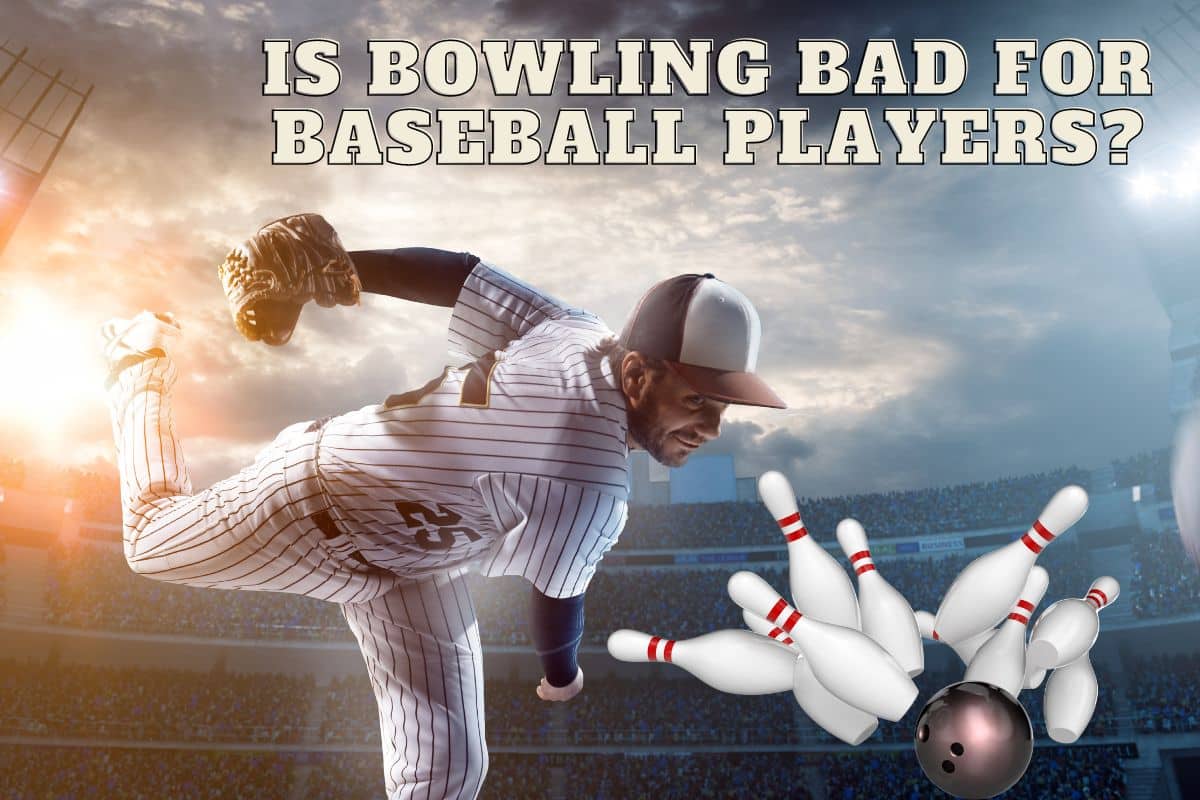
![Can You Redrill a Bowling Ball? [Redrill Pros & Cons]](https://www.bowlingknowledge.com/wp-content/uploads/2023/02/Can-you-Redrill-a-bowling-ball-768x512.jpg)
![How to Build a Bowling Lane in Your Basement [Installation, and Maintaining]](https://www.bowlingknowledge.com/wp-content/uploads/2023/01/Build-A-Bowling-Lane-In-Your-Basement-At-Home-768x512.jpg)
![What Basic Equipment Is Needed For Bowling? [Best 10]](https://www.bowlingknowledge.com/wp-content/uploads/2023/03/What-Basic-Equipment-Is-Needed-For-Bowling-768x512.jpg)

